Accommodation
The primary purpose of the cold-formed steel profiles is for accommodation. People have been using light-framed structures since the late 1800s. There are two significant leaps in the history of the framing industry. One is the gold rush, and the other is the second world war [1]. These two incidents have raised the demand. The most common application is to build mid-rise buildings for residential buildings, schools, and hospitals. Production speed and shorter erection duration are the reasons for preference.

Figure 1. Sample mid-rise residential building
Some of the main advantages may be listed as follows:
– Less steel consumption per unit area.
– Effortless control of the quality of the production.
– Shorter erection time.
– Higher Strength / Steel consumption ratio.[2]
Industrial
Steel may be considered the most cost-effective material for industrial structures [3]. Cold-formed steel profiles may be used as trusses for spans up to 30-35 m. In addition to long-span trusses, it is possible to build warehouses that have short spans. The critical issue in industrial buildings is the pay attention to the bracing conditions because profiles are slender in cold-formed steel structures and susceptible to buckle globally and locally.
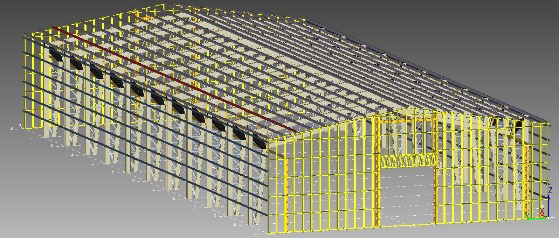
Figure 2. Sample industrial building
Besides the main structural elements, thin-walled members may be used as secondary profiles in industrial buildings, such as purlins, girts, and gable walls.
Solar Energy
C, Z, and omega (hat) sections are popular in steel solar structures. Design and production processes may be speeded up with fully automated roll-form machines. Solar power plants are subjected to harsh atmospheric conditions. Cold-formed steel elements are suitable for hot-dip galvanized profiles and may be the best match for structures with members open to the air permanently. Thickness range from 0,8 mm to 4,0 mm, covering regular solar power plant structures requirements.

Figure 3. Sample industrial building 2
References
[1] EREN, Ö; (2014). Hafif Çelik Yapı, Tasarım Konstrüksiyon Uygulama.
[2] Baran E, Alica C, Behavior of cold-formed steel wall panels under monotonic horizontal loading, Journal of Constructional Steel Research, Vol. 79, 2012, pp 1-8,
[3] S. Kravanja, T. Žula, Cost optimization of industrial steel building structures.
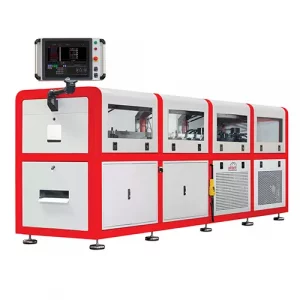
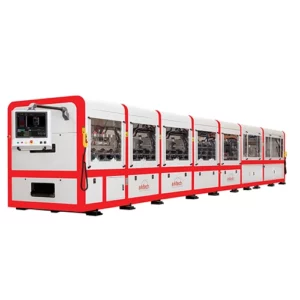
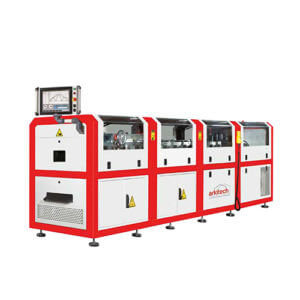
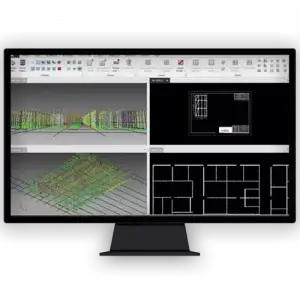
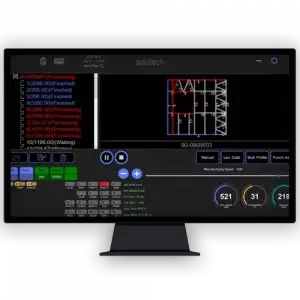
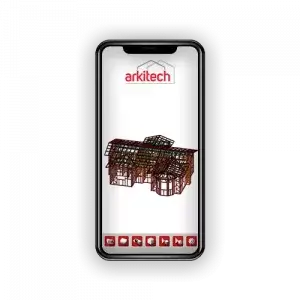
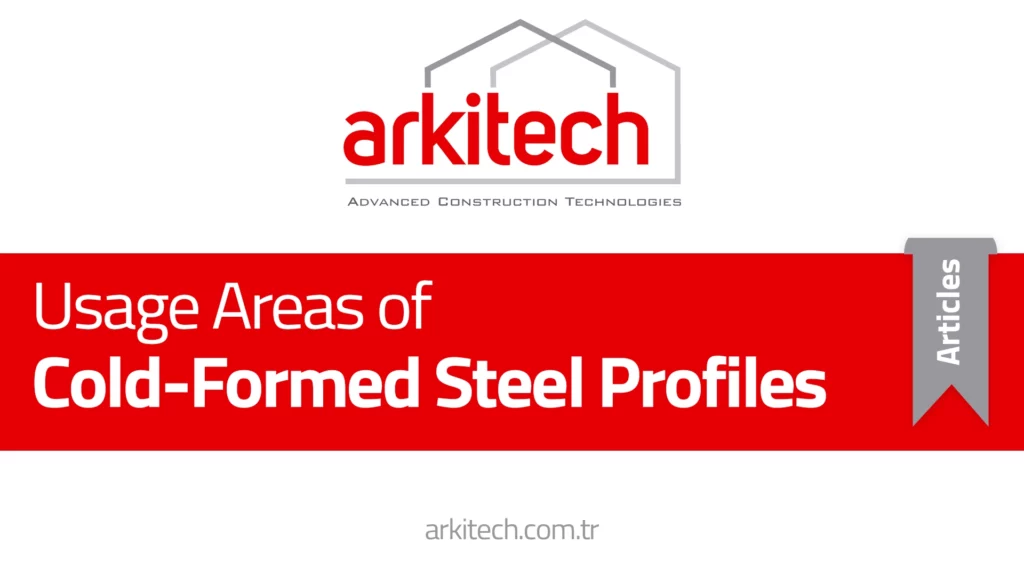

 by
by